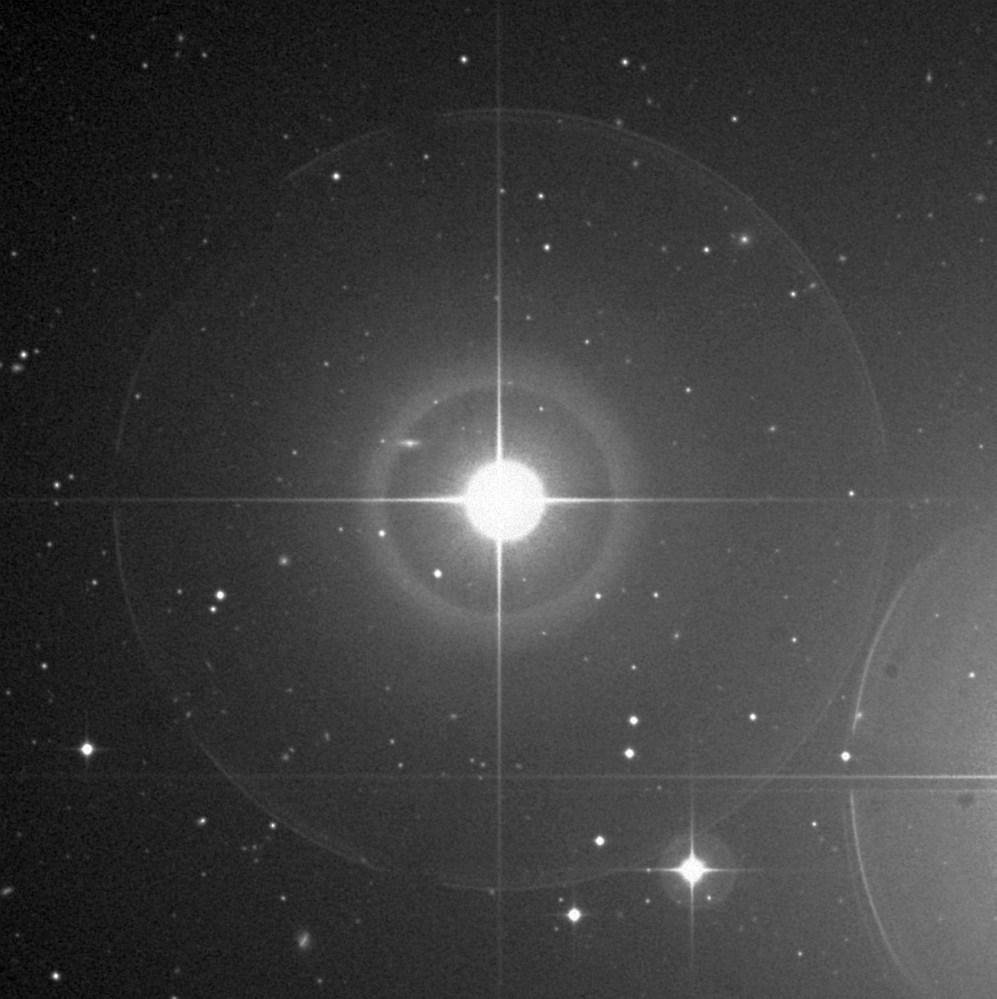Here in Maine, just about halfway between the equator and the pole, the Big Dipper dominates the northern sky all year round.
If you watch it all night, you’ll see that in each 24-hour period the whole constellation rotates completely around Polaris (the North Star) in a giant circle. If you keep track of it even casually for a year, you’ll see that it moves through the same circle over the course of 12 months; the nightly circle is embedded in the yearly circle.
We call it the Big Dipper because its seven brightest stars visually resemble a ladle. A thousand years ago, Britons called it the Wain because they thought it resembled a wagon. At least, so goes the astro-etymology. The scientific name, held over from Latin, is Ursa Major, which means the Great Bear. The seven stars of the ladle’s cup and handle are the bear’s body and tail, and about 14 other stars outline the head, neck and legs.
The Greeks at some point called this constellation Callisto. Artemis, the goddess of the hunt, changed Callisto into a bear for betraying her chastity, and Zeus rescued her by placing her in the sky. Callisto’s child was named Arkas, giving rise to the Greek word arktos, meaning bear and becoming associated, at some point, with Polaris at the tip of the handle of the nearby Little Dipper, or Ursa Minor. Our word “arctic” — in the sense of north — comes from this root.
In the Middle Ages, Arab astronomers also associated Ursa Major with a bear, calling it Al Dubb al Akbar, the Greater Bear. A vestige of these words remains in the name of the star at the top right of the dipper’s cup – Dubhe. In fact the official Western names of many stars are taken directly from Arabic names — Dubhe, Merak, Mizar, Alcor, Alkaid and even Alioth (through a series of mistransliterations), to name just the bright stars in the Big Dipper.
Not only the Greeks and Arabs saw bears in the northern sky. In Britain the wagon specifically belonged to Arthur, who was the king expected to return to power. It happens that the Welsh word for bear is “arth,” pretty clearly a root of Arthur.
The Arthurian myth in its association with the great wheeling constellation of Ursa Major evokes a sense of cosmic power and eternal recurrence. A great bear returns year in and year out to its appointed stations, revolving eternally around Polaris, which from our vantage point here on Earth is the still center of the sky.
It turns out a number of Native American cultures also call the bear a bear. The Zuni Indians of the Southwest refer, in describing winter, to the sleeping bear, and in describing spring, to the bear’s awakening. Some Native Americans relate that a cosmic hunt takes place in the sky each year, involving a large game animal, like a caribou or elk, and often, a bear. The Coeur d’Alene and Thompson Indians of the Northwest describe the stars of Ursa Major as a grizzly bear and hunters, as do the Cherokee. In the Northeast woodlands, Ojibwa, Menominee, Fox, Illinois, Iroquois, Delaware and Wabanaki cultures all associate the stars of Ursa Major with a bear that in most cases is being hunted.
In winter, goes a Micmac version, the bear (represented by the four bright stars of the dipper’s cup, upside down) is on her back in death. Late in spring she begins to stir, as about midnight the stars in the cup are beginning to tip down. The stars in the handle are hungry hunters who decide to chase her. All summer they pursue her, their track bending downward. Some of them lose the trail and disappear below the horizon. By autumn, the remaining hunters corner the bear and kill her. Her blood spatters over the autumn leaves. The bear dies, sleeping her death sleep through the winter. In spring, the cycle begins again.
You can look up there any clear winter night and see that giant bear circling the axis of the cosmos, settling into her winter sleep at this time of year. When you’re dead and inhabiting the stars yourself, those thermonuclear bears will still be hanging there over northern trees and trees to come, undisturbed and wheeling. Returning every spring to life on Earth.
Dana Wilde lives in Troy. His writings on the stars, planets and galaxies are collected in “Nebulae: A Backyard Cosmography,” available from online booksellers or by contacting the author at naturalist@dwildepress.net. Backyard Naturalist appears the second and fourth Thursdays each month.
Send questions/comments to the editors.



